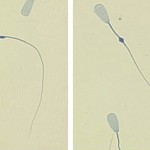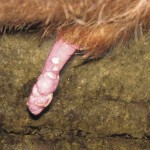NDSU Extension Service – Given later calving, 99 per cent of the cows are calving within the first two breeding cycles (42 days) at the Dickinson Research Extension Center. The center switched to May calving in 2012. So far, following late-calving on grass in 2013 and 2014, the cows have rebred very well. Again this […] Read more









